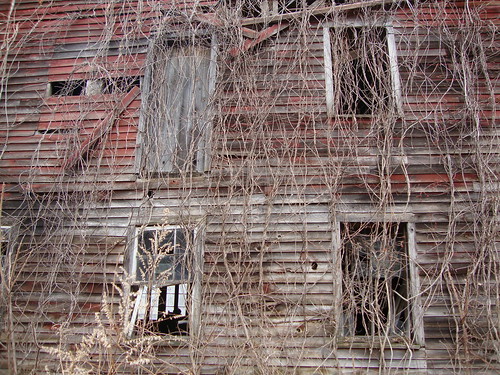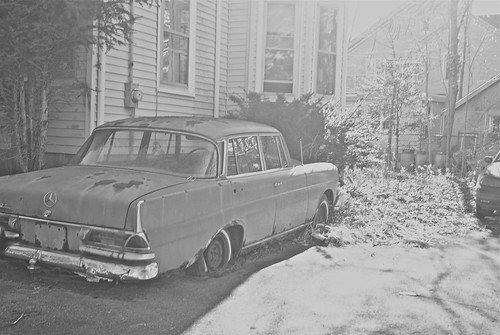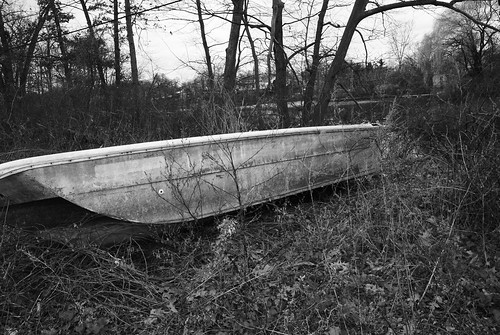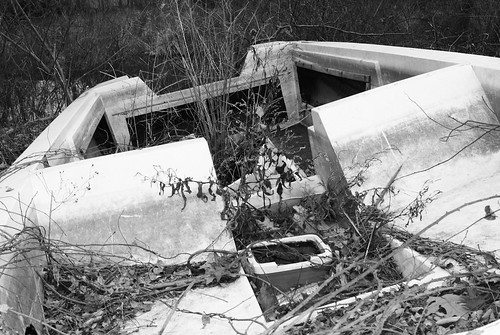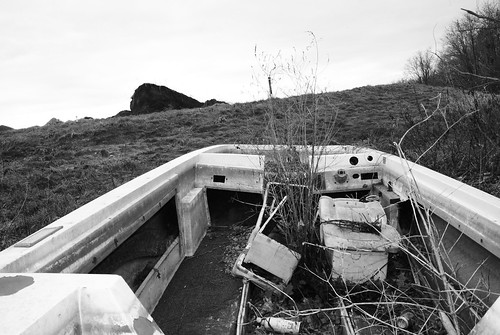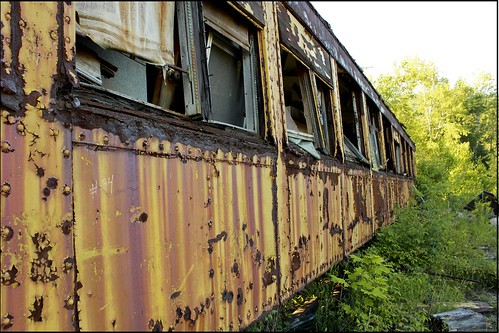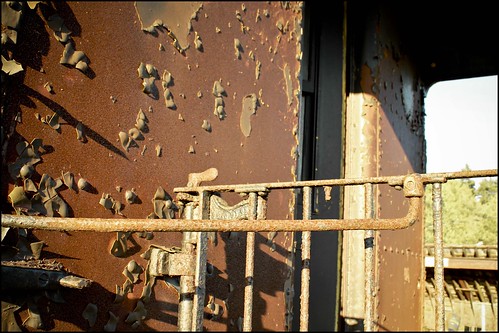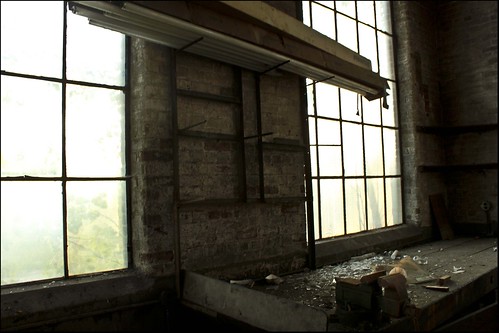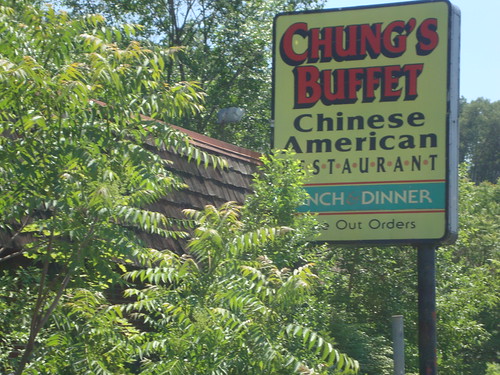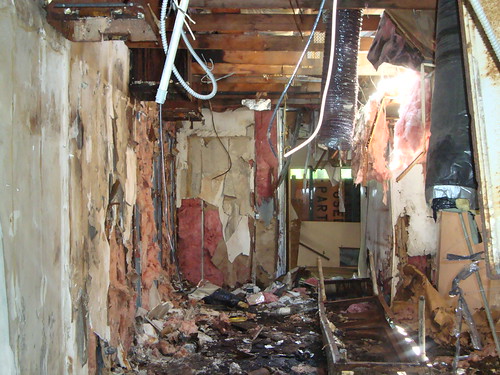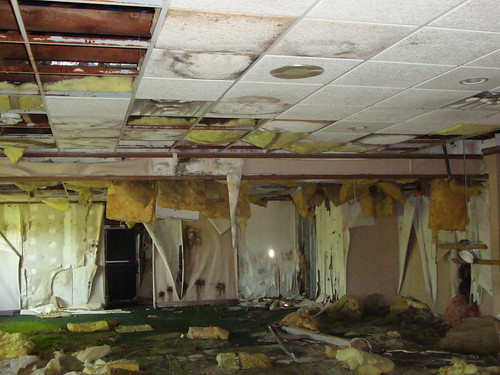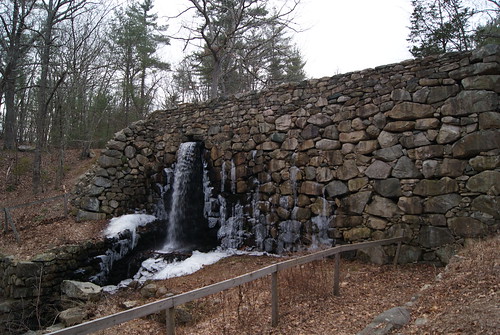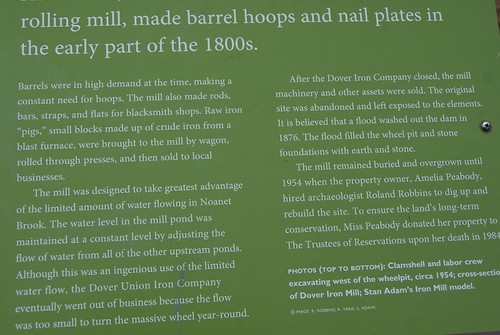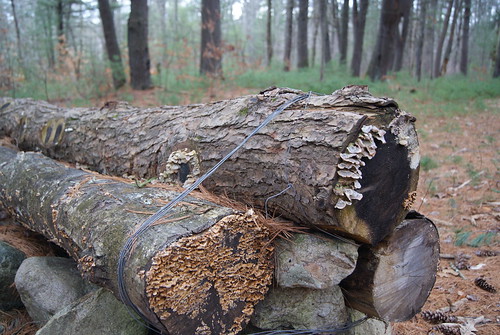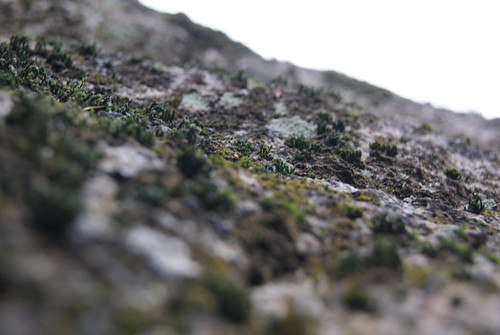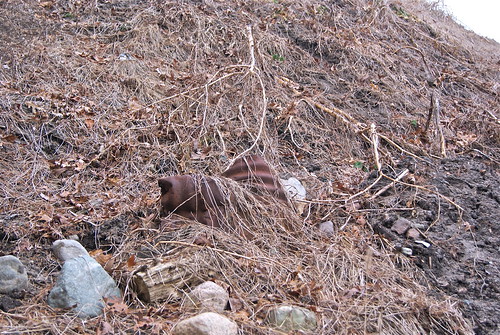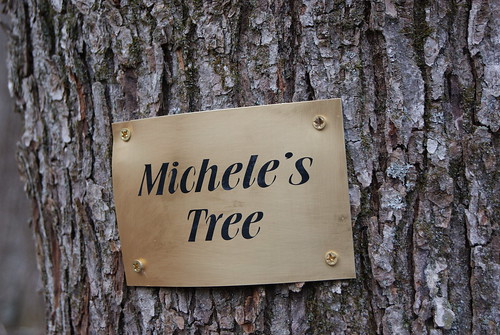From Dave Brigham:
With a name straight out of the space age, the Astrodome sounds like the kind of arena where George Jetson would sit back comfortably in an egg-shaped chair, eat vacuum-sealed food packets and watch nuclear-powered rocket races. Opened in 1965, the venue hosted both baseball and football games, as well as motorcycle events, concerts and extravaganzas such as Evel Knievel's jump over 13 cars in 1971.
And of course it became known for installing the first artificial grass, known as AstroTurf, a feature that many MLB teams copied in the '70s and '80s before coming to their senses in recent years and getting back to natural grass (except for those playing in domed stadiums).
When I was a kid, my older brother and I were huge baseball fans, and Red Sox fanatics (and remain so to this day). But my brother loved statistics, so he followed other players around the majors. One of his favorites for a time was Cesar Cedeno, center fielder for the Houston Astros from 1970-81. Because of my brother's interest in Cedeno and the Astros, I have some childhood memories of him showing me the inside of the Dome in his copies of Sports Illustrated.
The idea of an indoor baseball stadium intrigued me. I never visited the Astrodome, but had the pleasure (cough, cough) of attending a Mariners game in Seattle's old Kingdome in 1995. The experience was surreal, like watching a baseball game in a gymnasium. For your amusement, here's a video of the implosion of the Kingdome.
I can understand why the Astros made a ruckus about the city of Houston building the team a new park, given the weirdness of domed baseball. And so Enron Field (now Minute Maid Park) was built in 2000. In 2002, Reliant Stadium was built to house the city's new football team, the Texans. Since then, the Astrodome has been vacant save for the occasional concert and rodeo, although nothing has happened there in a few years.
As you can imagine, the park is quite a bit the worse for wear.
Earlier this month, the park was opened to the media, as discussions are under way about the fate of the stadium. Among the ideas being floated are keeping the dome's outer shell and turning the inside into a casino/hotel complex, or a multipurpose destination for movies, concerts and shops.
Read more about the stadium, and watch old footage, here.
To see some cool pictures of the stadium both during its heyday and in its current run-down condition, check this out.

